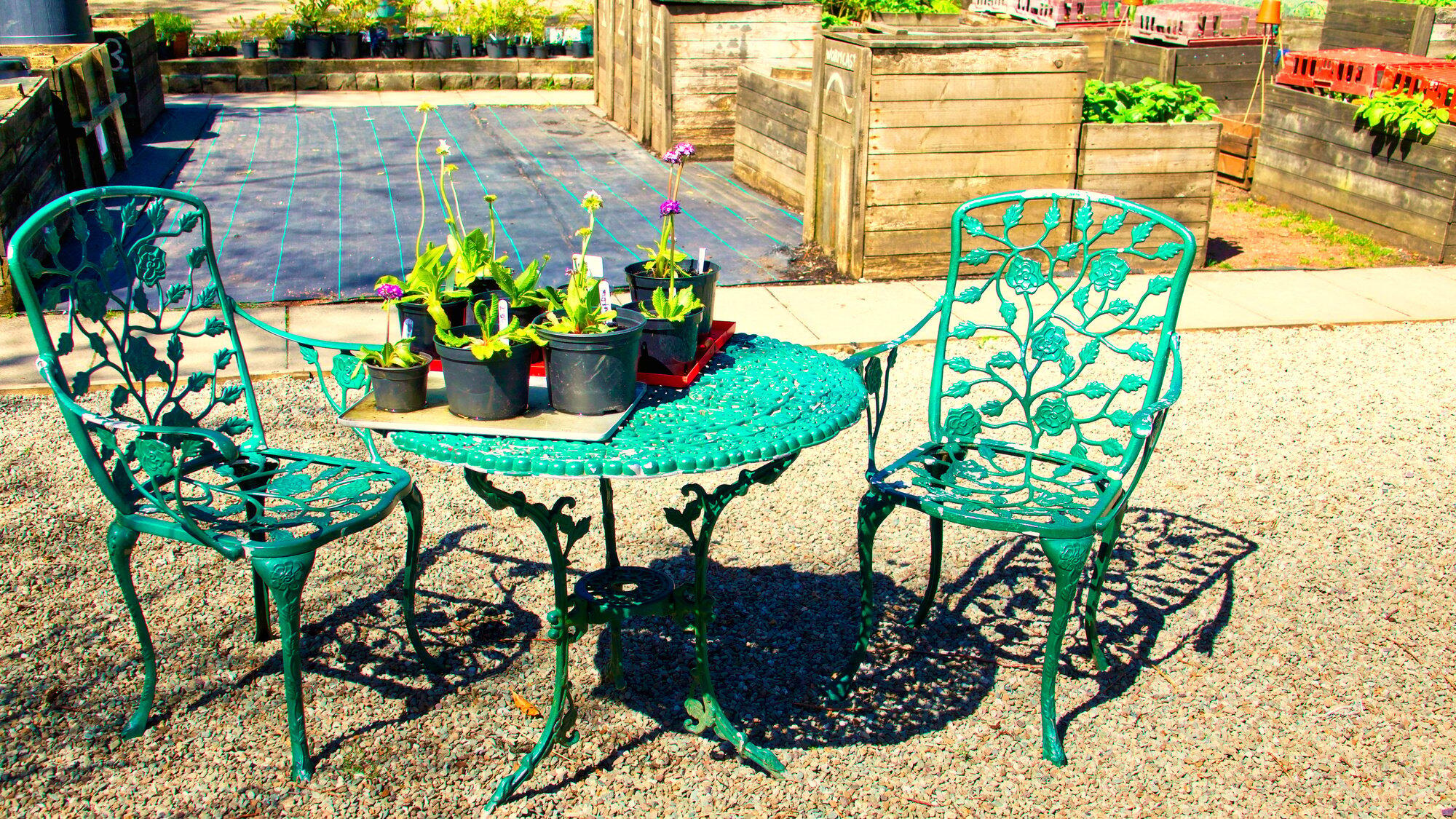Introduction to Air Conditioning Efficiency
When the scorching heat of summer or the damp chill of autumn sets in, homeowners and businesses depend on reliable air conditioning to maintain comfort, but beyond comfort, air conditioning systems represent a significant element in the quest for energy efficiency. The efficiency of an air conditioning system not only dictates the cost of keeping spaces cool or warm but also plays a vital role in environmental conservation efforts. Throughout the changing seasons, the efficiency of these systems can fluctuate, influenced by a range of factors, including design, installation quality, and especially the weather outside. By understanding how different climates impact air conditioning, consumers can make informed decisions on operation, maintenance, and future purchases that will serve them well for years.
The Science of Air Conditioning and Heat Exchange
Before delving into the effects of seasonal changes, it’s essential to comprehend the basic operation of an air conditioning unit, which hinges on the principles of heat transfer. Utilizing a refrigerant, air conditioners extract heat from indoor spaces and release it outside, thus lowering the inside temperature. The efficiency of this heat exchange process is highly dependent on the outdoor temperature. As outside temperatures climb, the air conditioning system must work in overdrive to carry out the same amount of heat exchange, inevitably facing decreased efficiency and increased energy use. With this understanding, it becomes clear why sweltering summer days can challenge even the most robust air conditioning systems.
Measuring Air Conditioning Efficiency
Air conditioner efficiency is commonly assessed through the Seasonal Energy Efficiency Ratio (SEER), which quantifies cooling output per watt of electricity consumed annually. A higher SEER signifies enhanced efficiency. The Energy Star program, managed by the United States Environmental Protection Agency, is a notable reference for evaluating AC efficiency, commonly used by air conditioning contractors. The Department of Energy uses energy-efficient techniques and products to help consumers save money and protect the environment. When an air conditioning system is certified as Energy Star, it complies with these organizations’ stringent energy efficiency standards. Consumers striving for a cost-efficient and environmentally friendly cooling solution should pay close attention to the SEER rating and the Energy Star rating when selecting a new air conditioner or evaluating the performance of their current system.
Summer Strains: How Extreme Heat Affects Air Conditioning
The dog days of summer are not only a test of our ability to withstand the heat but are also the most demanding time for air conditioning systems. In regions where temperatures can soar to extreme highs, air conditioning isn’t just about comfort—it’s about safety. The constant heat causes air conditioners to cycle on more often and for extended periods, increasing energy costs and machine wear and tear. This may result in more frequent malfunctions and eventually reduce the air conditioner’s lifespan. Adopting strategies such as insulating homes, using thermal curtains, and scheduling regular maintenance checks during this critical season can mitigate these issues and ensure that air conditioning systems endure the summer efficiently and effectively.
The Cold Factor: AC in Cooler Climates
When the mercury drops, the role of air conditioning shifts. Far from a break period, cooler climates demand that air conditioning systems manage indoor humidity levels and maintain air quality. While the stress on these systems may be less intense compared to the summer months, the cooler temperatures can affect the functioning of the air conditioner, as most units are optimized for warmer weather. Again, this might result in inefficiencies as the air conditioner compressors must work more to get the air temperature where the thermostat is set. Efficient use of air conditioners during the cooler seasons involves regular check-ups to ensure that the system is not overworked and that all components are functioning as expected.
Balancing Humidity and Comfort
Apart from temperature control, one of the critical functions of air conditioning is humidity regulation. High indoor humidity levels can make ambient temperatures feel more oppressive and encourage mold and mildew growth. Therefore, air conditioning systems often need to work double duty to cool the air and extract moisture, which can strain the unit. Additional dehumidifying equipment with air conditioning can lead to a more comfortable indoor environment while preventing the AC unit from overexerting itself.
Technological Advances in Air Conditioning Efficiency
Innovation in air conditioning technology is paving the way for improved efficiency, even in challenging seasonal variations. Modern air conditioners come equipped with inverter technology, allowing compressors to adjust their speed in real time, conserving energy while maintaining consistent temperatures. Integrating smart thermostats adds another layer of efficiency, enabling users to program their air conditioning systems to match their schedules and preferences. By embracing these technological advances, homeowners can achieve enhanced comfort, lower utility bills, and a reduced environmental impact.
Proper Maintenance for Peak Performance
No matter how advanced an air conditioning system might be, it can only perform at its peak efficiency with proper care.
Consistent maintenance is vital to guaranteeing optimal and efficient year-round operation of an air conditioner. This includes cleaning or changing air filters, monitoring refrigerant levels, and examining electrical components. Furthermore, routine professional inspections are essential for any possible problems that an inexperienced eye might encounter. These measures can save consumers from unexpected downtime and costly emergency repairs.
Making the Right Choice: Upgrading Your Air Conditioning System
There comes a time when upgrading an old air conditioning system is more economical than ongoing repairs. When faced with this decision, it’s essential to factor in the cost of the new unit and its efficiency and suitability for your particular environment. The size of the air conditioner should correspond to the size of the space it is cooling to avoid inefficiency and unnecessary wear. Speak with experts to ensure you select a system that will meet your energy-saving objectives and offer a high-quality installation that will pay you in the long run.
The Environment and Your Air Conditioner
The intersection between air conditioning usage and environmental impact is an increasingly important consideration. Air conditioners contribute to significant electricity use and can strain energy resources, especially during peak seasons. Additionally, older air conditioning units often utilize refrigerants that harm the environment. Thankfully, newer air conditioning machines use less potentially warming refrigerants and are more energy efficient due to recent technological advancements. Companies and homeowners can lessen their environmental effects by adopting these more recent models and implementing energy-efficient usage techniques. Detailed insights on these topics are further elaborated in resources like National Geographic’s piece on the effects of air conditioning on the environment, a compelling read for anyone interested in the broader implications of their cooling choices.



